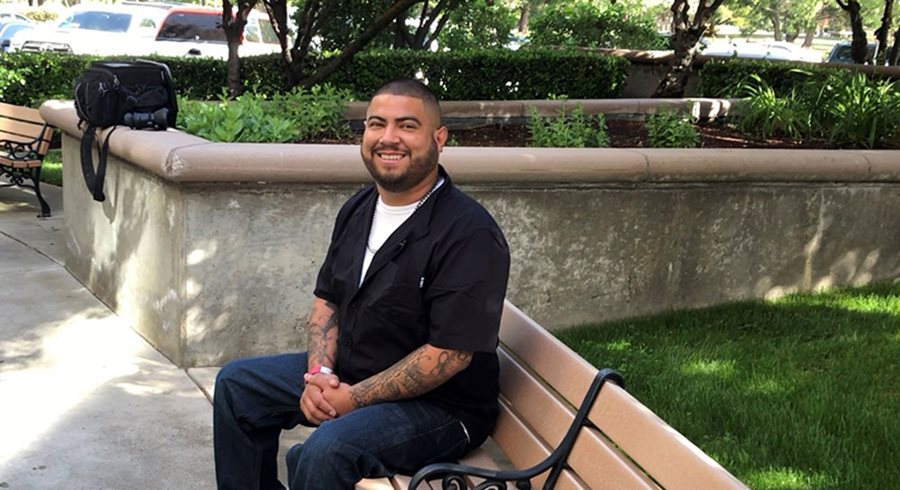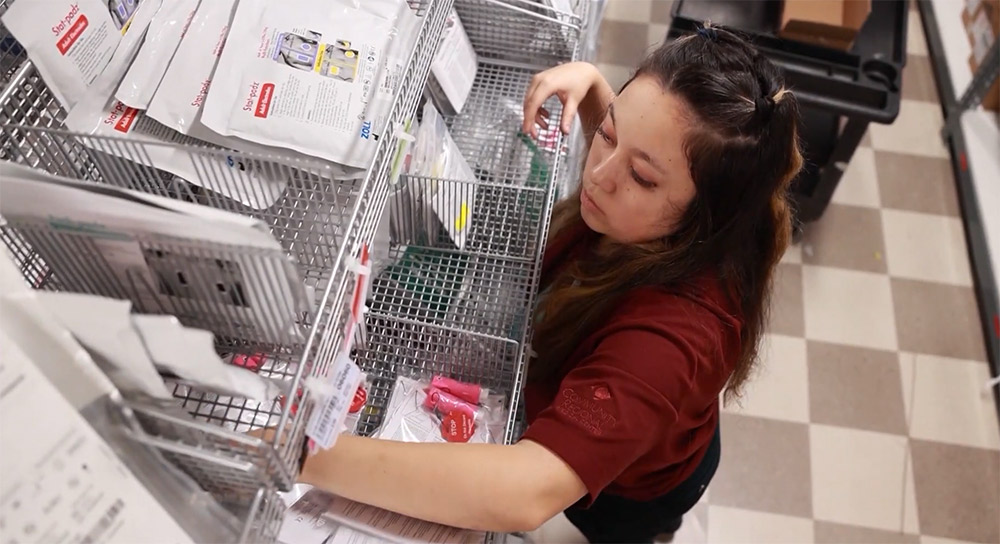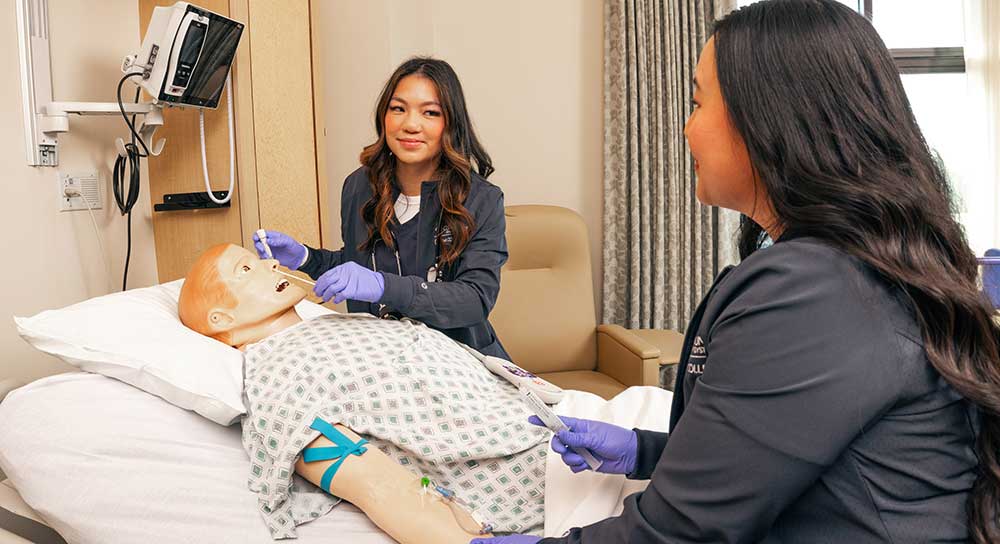Juan Iniguez was just 21 years old when he was diagnosed with congestive heart failure in 2013.
“I retained a lot of water weight — lot of fluids I would cough up,” he says. “I could walk a distance of maybe five to ten feet, and I would have to take a break. Forget about lying down flat, because I couldn’t. I would be sleeping sitting up, no more laying down. It got pretty bad.”
Iniguez was referred to University of California, San Francisco Medical Center, but since he didn’t need advanced heart failure therapies yet, he was sent back to the Central Valley for treatment. Dr. Richard Kiel, co-medical director for heart failure at Community Medical Centers, kept an eye on Iniguez, monitoring him for signs of improvement.
Unfortunately, Iniguez’s condition worsened, and it was time to consider more aggressive treatment: a left ventricular assist device, or LVAD.
Heart becomes too weak to pump blood
Congestive heart failure occurs when the heart becomes too weak or stiff to efficiently pump blood. Blood is what carries essential oxygen and nutrients throughout the body and when that process is disrupted, symptoms like the ones Iniguez experienced can occur, including:
-
Fatigue
-
Shortness of breath
-
Fluid retention and swelling
-
Difficulty breathing and lying flat
“There's a large variety of reasons to have heart failure,” says Dr. Kiel. “In Juan's case, it was what we call non-ischemic cardiomyopathy — he hadn’t had a history of heart attacks or blockages in arteries of the heart. These things just kind of happen.”
Despite treatment, Iniguez’s condition deteriorated to the point he was frequently admitted to the hospital, relying on IV medications to keep him alive. While they waited for him to become eligible for a heart transplant, Dr. Kiel and his colleagues decided Iniguez would benefit from having an LVAD placed.
LVAD adds “horsepower” back to the heart
The LVAD acts as a mechanical pump when the heart is unable to pump blood effectively on its own. It’s attached to the heart and then connected via wire to a battery-operated controller worn outside of the body.
Dr. Kiel uses an analogy when explaining the LVAD to his patients.
“Imagine you had a big truck and the truck has a V8 engine in it,” he says. “And all of a sudden four of the cylinders go out, and you're trying to pull that load with half of the horsepower. You can imagine that your truck’s going to be slow. It's going to lose a lot of its acceleration — its get-up-and-go. And that's kind of what heart failure is like. And so by using this pump, we can sort of add all of the horsepower back to the heart so it can provide normal flow and improve body function.”
There are a number of reasons a patient might have an LVAD implanted. One is, they’re waiting for a donor heart to become available for transplant. In 2020, there was a total of 3,658 heart transplants performed in the U.S., and currently there are over 3,500 people on the heart transplant wait list.
LVADs are also used if a patient is not eligible for a heart transplant due to age or medical condition. In this case, the LVAD is considered “destination therapy,” and it can improve quality of life for years.
Or, if a patient’s heart failure is temporary, the LVAD can act as a temporary “bridge to recovery” until their condition improves.
For Iniguez, the LVAD was what’s called a “bridge to transplant” — meaning he was on the wait list for a heart transplant.
LVAD extends Iniguez’s life
For two years, Iniguez’s LVAD kept him alive while he waited for his donor heart. He says that after not responding to medications and treatment, the LVAD was his “last straw, pretty much.”
After the LVAD surgery, Iniguez experienced some initial complications, but eventually he began to improve and was even able to go back to work. “My doctors were all really, really surprised,” he says. “I came that far along — from barely making it from surgery to working again. So I was working in a full-time job, and eventually got called for transplant.”
Community heart program offers a unique team approach
Iniguez’s surgeon, Dr. Shamsuddin Khwaja, director of the Cardiothoracic Surgery Program at Community Medical Centers, is grateful to have a leading heart program for patients in the Central Valley. “It's been recognized by many organizations for its novel approach, for its pioneering approach,” he says.
That approach is a team effort that includes heart surgeons, heart failure doctors, LVAD coordinators, psychologists, dietitians and social workers.
A team approach is also essential when it comes to a patient’s support system at home.
“Once they leave the hospital, they're always going to have frequent appointments, needs for testing,” says Dr. Kiel. “Often it's a back-and-forth process and those systems of support around them really give an opportunity for the best possible outcome.”

After his heart transplant in February 2021, Iniguez is doing well and feeling grateful to his care team, both in the hospital and at home. “The care here at Fresno Heart & Surgical, and downtown at Community (Regional), they’re awesome,” he says. “It’s a lot better to get care here (in the Central Valley) because you have the family support.”
He credits the LVAD with giving him a new outlook on life, and shares his experience with others going through what he did. “I'm pretty much an ambassador for the LVAD program, talking to other LVAD patients or people that might be getting an LVAD, and helping them get through the process — just like I had prior patients get me through it.”


.jpg)


